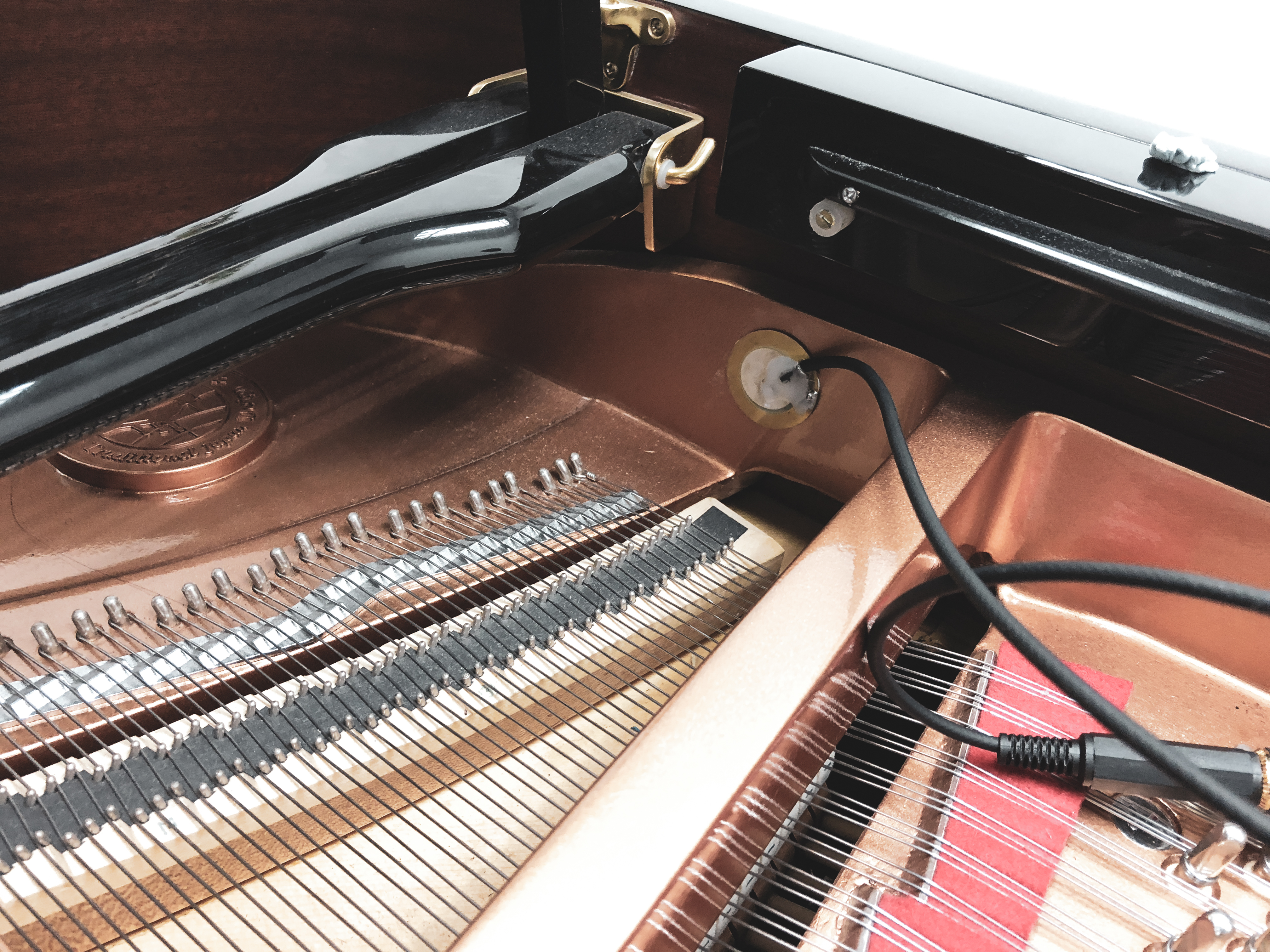Gymnopedie No.1 Remix
Gymnopedie No.1 混音, 2017Stereo Sound
Gymnopédie No.1 Remix is a work that
questions the listening experience shaped by the recording practice. I recorded
myself playing a piano piece, Gymnopédia
No.1 by Erik Satie, serval times in different miking positions, and the
recordings were mixed into a stereo sound in Protools. Traditional music recording practice is mostly recording from an audience's point of view, which is achieved by miking from the audience's position followed by the stereo mixing. This method of recording has shaped our listening experience crucially, as it dominants the distribution and publication media, such as in CDs, cassette tapes and digital files. It is not wrong to listen from the audience's perspective, but many sounds would be unperceivable from this perspective, such as the noise made by the instruments, the breathing sound by the musicians, and etc.
The idea of Gymnopédie No.1 Remix is to capture the sounds which are always ignored or even inaudible from the audience's perspective. I mostly used contact microphones to capture the vibration of the piano, instead of using condenser microphones to capture the sound transmission through the air. The contact microphones can identify different timbres from different components of the piano, such as the wood cabinet, metal plates, piano strings, and etc. I was so interested to look for the variety of timbre just by attaching the contact microphone on different surfaces so that I could find the natural reverberation, echo, low pass filter, high pass filter and other audio effects within the piano, which more or less became an objet sonore (sounding object).
After various sound sources were recorded, I aligned all recordings vertically, so that I could edit and synchronize the sound rhythmically. The mixing process was to demonstrate and articulate the abundant tone colors of a piano. Therefore, I didn't insert any audio effect or alteration other than simple volume control, cutting, displacement and fade in and out, in order to retain its natural characteristics of the sounds. I was considering many music composition aspects, such the texture, dynamics, transition, structure when I was mixing the piece, therefore rather than just revealing the sounds trivially, I also added a lot of my composition thoughts and decisions into it, processing it as a work of music.









